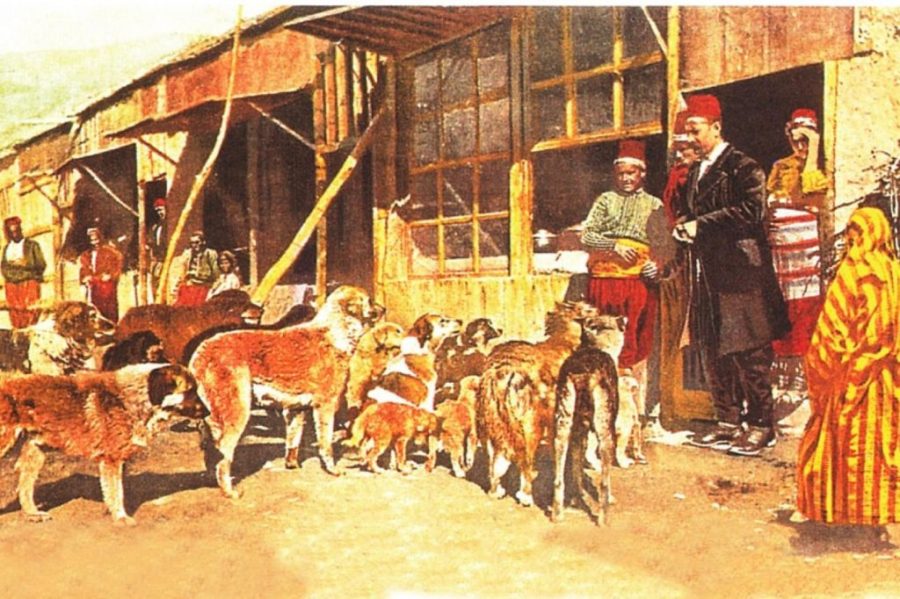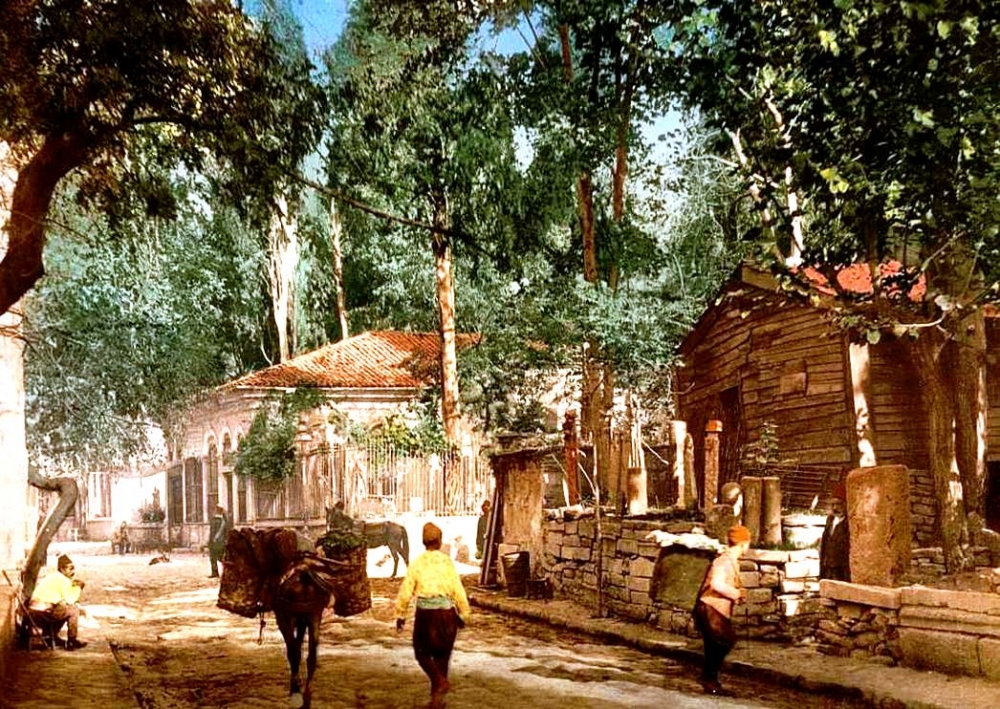
Animal rights protection in the Ottoman Empire
In the Ottoman Empire, a variety of measures were taken to protect animals, including at the state level, writes Sinem Karaakhmetli.
Back in the Seljuk empire , a tradition arose to create bird houses in government buildings. It continued in the Ottoman Empire, continuing until the 19th century. According to the decree of Mehmed II, issued back in the 15th century, voids and perches were specially left in buildings, where birds could hide, and dishes with water for wild or homeless animals were installed in suitable places.
In mosques and tekkas, it was customary to arrange special places for cats, where vessels with water and food were placed. Even charitable foundations (waqfs) were created for the care, feeding and treatment of homeless animals. With the help of such waqfs, houses for dogs and cats were installed in cities, workers who received a salary for this supplied the animals with food and water every day. Foundations, founded in the 1700s, built animal clinics in many cities of the Ottoman Empire, treating migratory birds , cats and dogs. It happened that people, dying, bequeathed funds for feeding cats and dogs.
In the harsh winter months, when there are heavy snowfalls, persons were appointed who left fresh meat, hay, salt and feed for birds and wild animals in their habitats, funds for this were allocated from the treasury and waqfs. It was forbidden to kill animals during the period of breeding and pregnancy, as well as to hunt their offspring and migrating migratory birds.

Source: twitter.com
When the Suleymaniye Mosque was being built , Sultan Suleiman in 1550 issued a decree ordering to take care of the animals that were involved in the work. In particular, it was ordered to ensure that they are not overloaded.
In 1587, Sultan Murad III issued a decree prohibiting the use of heavy animals on the territory of the Ottoman Empire that were beyond their strength.
Since the 1600s, killing animals that are not raised for meat, such as cats, dogs , horses, donkeys, mules, has become a crime. And for the slaughter of animals raised for meat, rules were established according to which they should be cut as painlessly as possible. To do this, they had to blindfold them, take the sharpest knife, and the stabbing person had to know well how to do this. Checks were arranged for compliance with these rules.
When the animals that were used to transport goods in the army grew old, they were not slaughtered, but funds were allocated for their care and maintenance until their death. In 1654, the first farm was created, on which the disabled animals lived, in subsequent years their number increased.

Source: tr.pinterest.com
In 1856, it was announced that the animals carrying cargo were to rest on Fridays, and the owners were not allowed to ride them on that day. The responsibility for ensuring that those who did not comply with this decision are captured and punished lies with the citizens themselves. Special officials drove around the city and examined the animals, finding out if they were well fed by the owners. Livestock owners who did not fulfill their duties were punished.
Street animals were fed by local residents, traditionally innkeepers, butchers, etc. were engaged in this. There was also a tradition to buy birds and set them free.
Thus, to protect and maintain the existence of all animals, both domestic and wild, in the Ottoman Empire, a variety of measures were taken, including at the state level.

Source: dunyabizim.com
Islamosphere

